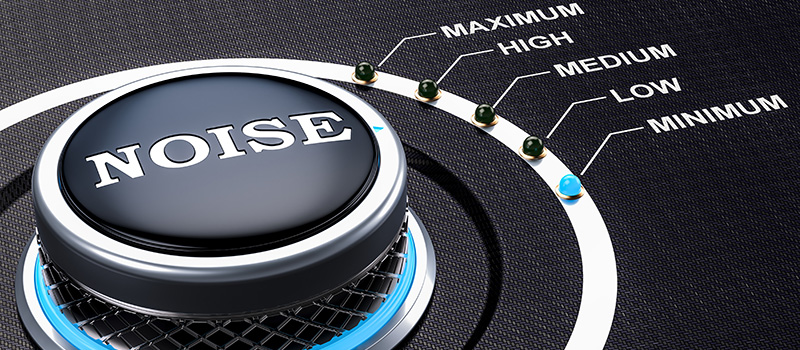
Research in the NOISE Lab has the overarching goal of increasing the understanding of noise-induced pathology and its prevention.
Effects of Loud Sound Exposure on Auditory Function
Much of the research that occurs within the NOISE Lab has the overarching goal of increasing the understanding of noise-induced pathology and its prevention.
In a set of studies that are being completed in collaboration with Dr. Douglas Brungart at Walter Reed National Military Medical Center, we are performing comprehensive functional assessments in young adults with normal audiometric thresholds and tracking changes in function after exposure to diverse recreational sound exposures. In addition, AuD/PhD student Aaron Cochran is exploring relationships between noise exposure history and functional measures as well as changes in function with recreational sound exposure. The larger collaborative project, funded by DMDRP/JPC-8/CRMRP award W81XWH1820014, includes comparisons between civilians and Service Members and explores the accuracy of sound exposure recall.
Another project in the NOISE Lab is designed to test hypotheses related to individual ear-specific risk factors. Graduate research led by AuD/PhD student Allison Woodford is investigating asymmetric exposure that occurs both to unique instrument properties (such as placement of a violin closer to one ear) and potential for differences in earcanal gain for right and left ears of the musician (funded by American Academy of Audiology Foundation, Music and Hearing Research Grant Program).
Prevention of Auditory Dysfunction Using Investigational Medicines
In clinical trials led by Drs. Craig Buchman (Washington University in St. Louis) and Jianxin Bao (Gateway Therapeutics), we are performing comprehensive functional assessments in patients who will be exposed to surgical drill noise and tracking whether changes in function are ameliorated by pre- or post- treatment with an investigational medicine (NCT04768569). The clinical trial program is funded by USAMRAA award W81XWH-19-C-0054.
Audibility Needs in the Workplace
Two projects recently completed as part of a contract with 3M included a combination of survey-based techniques and laboratory data collection. The survey study was designed to provide insights into perceived audibility needs for those working in loud sound, and behaviors used to improve the audibility of sounds that are difficult to hear in the presence of workplace noise. The laboratory study was designed to provide insights into the detection of target sounds and the intelligibility of speech targets in babble or fluctuating noise backgrounds during different hearing protection device conditions. Data collection was led by AuD/PhD students Conner Jansen and Aaron Cochran, respectively.
Factors Influencing Sound Quality During HPD Use
A Doctor of Audiology (AuD) student research project led by Tess Zaccardi documented variable attenuation patterns achieved by participants wearing different musician’s hearing protection devices (doi: 10.21091/mppa.2022.2013), and generated preliminary data suggested both overall achieved attenuation and the flatness of the achieved attenuation are associated with perceived sound quality during high-fidelity (HiFi) HPD use. AuD student Amanda Duren is further investigating these factors via funding provided by a Jerger Fellowship award. In addition, graduate research led by AuD/PhD student Conner Jansen will expand on these projects with assessments comparing the relative weighting of these factors in control participants with no musical education and experimental participants who are professional musicians or audio engineers, or students in related degree programs (funded by American Academy of Audiology Foundation, Music and Hearing Research Grant Program).